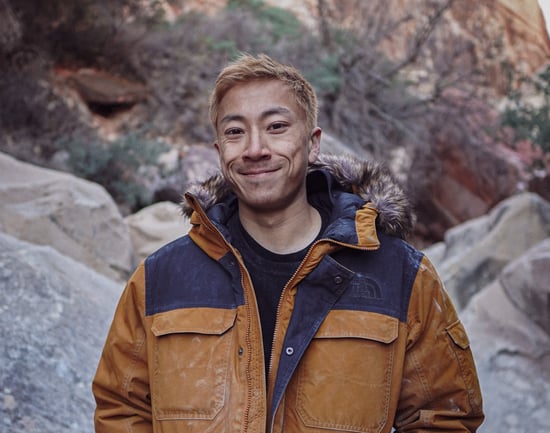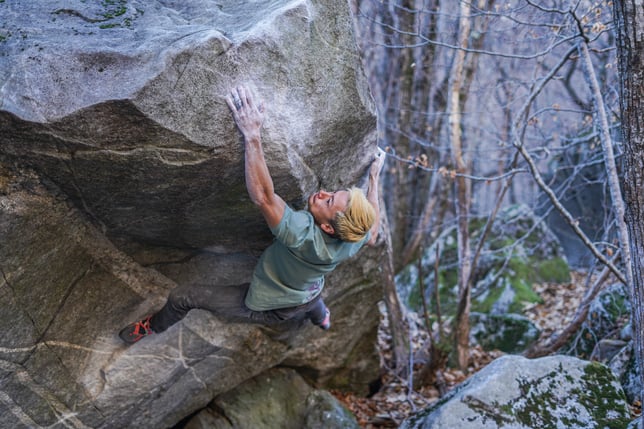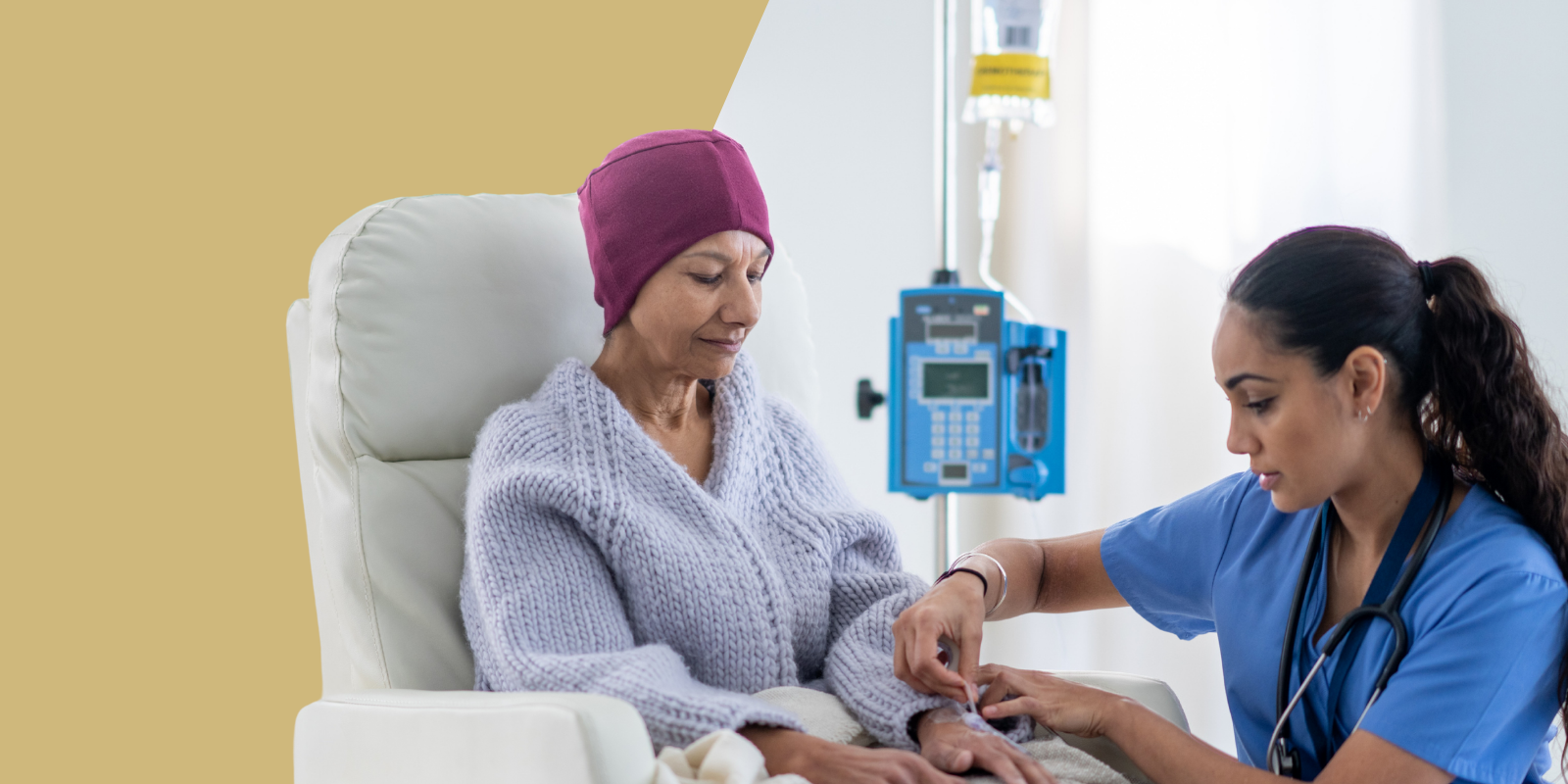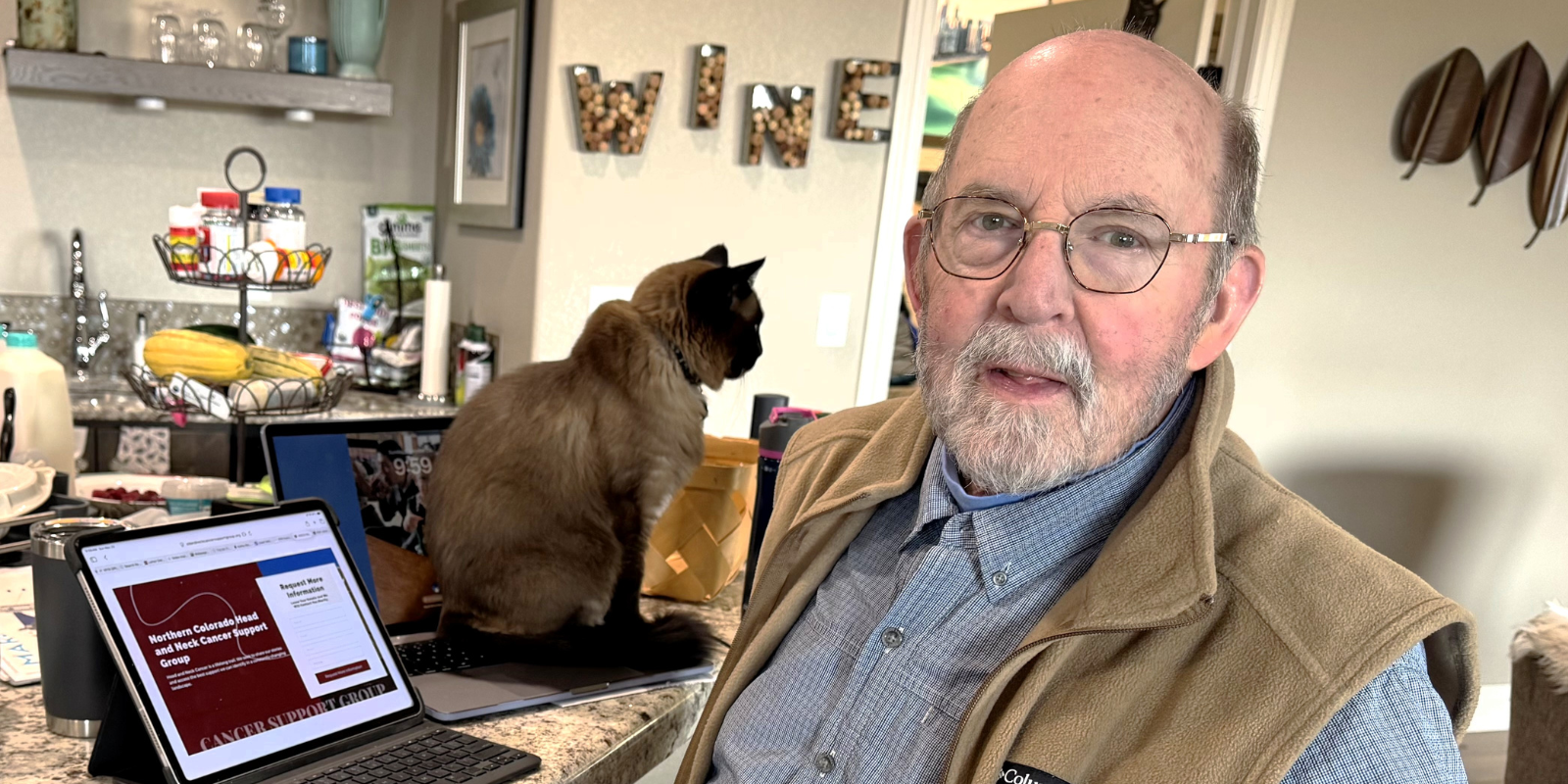When your life is about being outdoors — about making your way up and around complex rock formations, looking for that flow you get into as every foothold and ledge reveals itself — the last place you want to be is stuck in a hospital bed, enduring the side effects of chemotherapy.
Yet that’s just where Colorado rock climber Tristan Chen — well known around the world for his mastery of the art of bouldering — found himself in the spring of 2022. After noticing that his fingertips were starting to bruise easily just from grabbing the edges of rocks, and that his gums were still bleeding from a dental procedure he’d had weeks earlier, he went to get checked out.
“I went to an urgent care to get a blood test, and my platelet count was dangerously low,” Chen says. “I drove to Anschutz (the CU Anschutz Medical Campus), walked into the ER and handed them the blood test and said, ‘I need platelets.’”
Soon after that, Chen — then 25 — was diagnosed with acute myeloid leukemia (AML), a type of blood cancer. He was seen by providers from the University of Colorado Cancer Center, including Dan Pollyea, MD, MS, and Clay Smith, MD, who started Chen on a course of chemotherapy to eradicate the cancer.

Tristan Chen
“It was pretty scary,” says Chen, who moved to Denver from Boston in 2014 to pursue a degree in computer science from the University of Denver. “It's quite a serious diagnosis. With news like that, it takes a little while to settle in.”
Stem cells to the rescue
After two rounds of chemotherapy, doctors told Chen his cancer was in remission. However, to give him the best chance for cure, he received a stem cell transplant.
“For a younger patient like Tristan, the standard algorithm of treatment is that you receive intensive chemotherapy to try and bring the disease under control initially,” says CU Cancer Center member Jonathan Gutman, MD, who oversaw Chen’s transplant. “The next step is either additional chemotherapy or a stem cell transplant. A stem cell transplant is the original form of immunotherapy. The idea is that small immunologic differences between the patient’s cells and the donor’s cells allow the donor cells to destroy the residual bad leukemia cells. A transplant offers a higher chance of cure, but it comes at a greater risk of complications.”
Doctors look at a number of factors when deciding whether or not to do a stem cell transplant, including specific abnormalities that are present in the leukemia. In Chen’s case, they found abnormalities associated with a negative prognosis. That, coupled with the fact that he hadn’t had a great response to his first course of chemotherapy, led doctors to recommend the transplant in Chen’s case. The stem cell transplant was performed via a transfusion that mixed blood from Chen’s brother with donated cord blood, which is rich in blood-forming stem cells and doesn’t have to be as closely donor-matched as an adult donor.
“Tristan did not have a perfectly matched sibling and did not have any matched options in the adult donor registry,” Gutman says. “Another option for potential donors that has emerged in the past 20 years or so is umbilical cord blood, which is banked publicly around the world and can potentially be used as a donor source for transplant. It doesn’t need to be as closely matched as adult donors because of the immunologic nature of these naive cord blood cells.”
Chen received what’s known as a haploidentical cord blood (or “haplo cord”) stem cell transplant, as his brother was a half-match for his specific tissue type. Half of the stem cells came from Chen’s brother and half came from donated cord blood. The process helps the cord blood begin to grow more quickly after the transplant. It was a success in Chen’s case, though it wasn’t easy on his body.
“They zapped me with chemo again for a week before the transplant and gave me radiation to wipe my immune system,” Chen says. “It’s not like a kidney — you can’t just take it out. You have to kill it, basically. They gave me the transplant, and then I was in the hospital for another month because you have to wait for your blood cells to recover.”
Unlike the chemotherapy, to which Chen had a fairly mild reaction, the transplant wiped him out, he says.
“The first few rounds of chemo were fine,” he says. “I was still fairly active and walking around and mostly felt kind of nauseous. The transplant was significantly harder. I lost a lot of weight, and my sister had to stand next to me while we walked around the block. I was sleeping at least 12 hours a day.”
Back to the rocks
When Chen first left the hospital, he was so weak he wasn’t allowed to drive. His parents had to drive him to a climbing gym, where he slowly regained his strength.
“New Year’s Day of 2023 is when I started to feel normal again,” he says. “It’s been a pretty steady recovery since then.”
Early 2023 is also when Chen began bouldering again in earnest, in February making his way to Hueco Tanks State Park in Texas to re-conquer a classic bouldering route known as Esperanza. It’s the one he kept thinking about while he was lying in his hospital bed, working out the best route in his mind.
“It was something to strive for,” he says. “Climbing has been such a huge part of my life for decades, and it was a way to challenge myself. One of the things that I missed most was just being able to climb with my friends — to hang out and climb together and have fun. I experienced the loss of that, so getting it back, it feels even better now.”
 Tristan Chen is known internationally for his mastery of bouldering.
Tristan Chen is known internationally for his mastery of bouldering.
Gutman knows how daunting it is for any patient to be diagnosed with AML and face the prospect of a stem cell transplant — it’s “like a lightning bolt in their life that comes along and utterly blows things up,” he says. Sometimes even more so for patients who are otherwise young and healthy. That’s why Gutman — an amateur rock climber himself — is gratified to see Chen back doing the sport he loves.
“As somebody who has done a tiny bit of climbing, I know enough to be able to appreciate at least a little of what he does, and it’s quite remarkable and impressive,” Gutman says. “It’s always wonderful to see people, after a transplant, doing things at the level that they were able to do them before, if not even better.”

%20Color.jpg)


